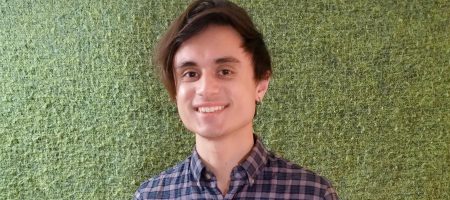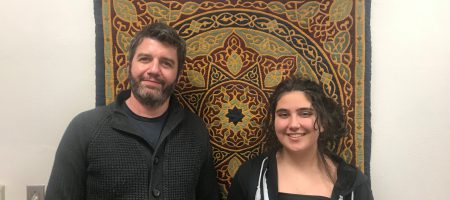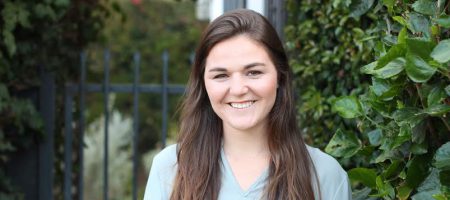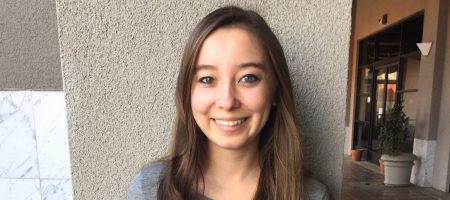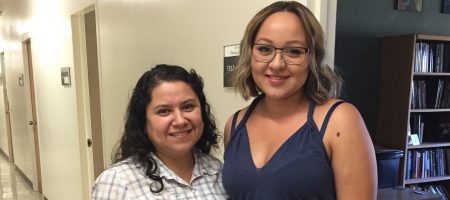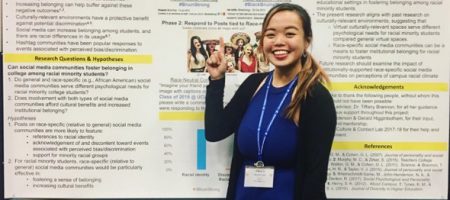Student Spotlight – Angela Rey
Meet fourth-year undergraduate researcher Angela Rey!
Angela majors in Global Jazz Studies and is in our Undergraduate Research Scholarship Program. The title of her research project is “Osos Unidos.”
How did you first get interested in your research project?
I became inspired to put together this project because of the initial culture shock I experienced transferring into UCLA from a community college. At my community college in the Bay Area, I had access to a Latinx resource center, an Asian resource center, a Filipinx resource center, a Pacific Islander resource center, and more. Outside of community college, I was also involved with the musical community that existed at SFSU and other colleges throughout the Bay Area, where there were also abundant resources for students of specific demographics. When I transferred to UCLA in the fall of 2019, I was in shock for many reasons, but one thing that stuck with me throughout my first year was that there was no fully established or fully funded Black or Latinx resource center. As the nation’s #1 public university, UCLA can do better, and I know that it is part of the students’ responsibility to uphold that elite title. So, I took it into my own hands to put together this project. Because UCLA announced this past summer that they will create a Black Resource Center (in response to the national attention surrounding the case of George Floyd), I will be focusing on establishing Osos Unidos, a Latinx resource center. I will also hold the school accountable for the promise that they made regarding the Black Resource Center.
What has been the most exciting aspect of your research so far?
The most exciting aspect of my research is learning about student, alumni, faculty, and staff involvement with the Latinx population on campus, especially from those who are already in my social circle whose engagement or excitement about engagement was not previously known to me. Seeing all these people around me is encouraging and their support in my project makes me feel more part of a community.
What has surprised you about your research or the research process?
It is surprising to me how much more difficult it is to reach out to others during COVID-19. I initially assumed people would be spending more time online and have fewer physical barriers to meet, since remote discussion is more accessible than the alternative. I didn’t take into account how much screen time everyone is trying to manage and how “Zoomed out” people are getting. Because my research project revolves around creating a physical space on campus, being away from it and the UCLA student, alumni, faculty, and staff body has created a barrier. However, I’ve learned that time management and consistency is key to the progression of this project.
What is one piece of advice you have for other UCLA students thinking about doing research?
Researching is an incredibly rewarding task. It is not easy, but time management and team development are what will define the success of your project. Do not be afraid to ask for help; just because you are the researcher does not mean others can’t support you.
What effect do you hope your research has in your field, at UCLA, in your community, or in the world?
I hope that creating the Osos Unidos Resource Center will unify the Latinx population at UCLA, create a stronger Latinx community in LA, and set an example for other schools to provide the resources needed for all students to succeed in and outside of the classroom.



